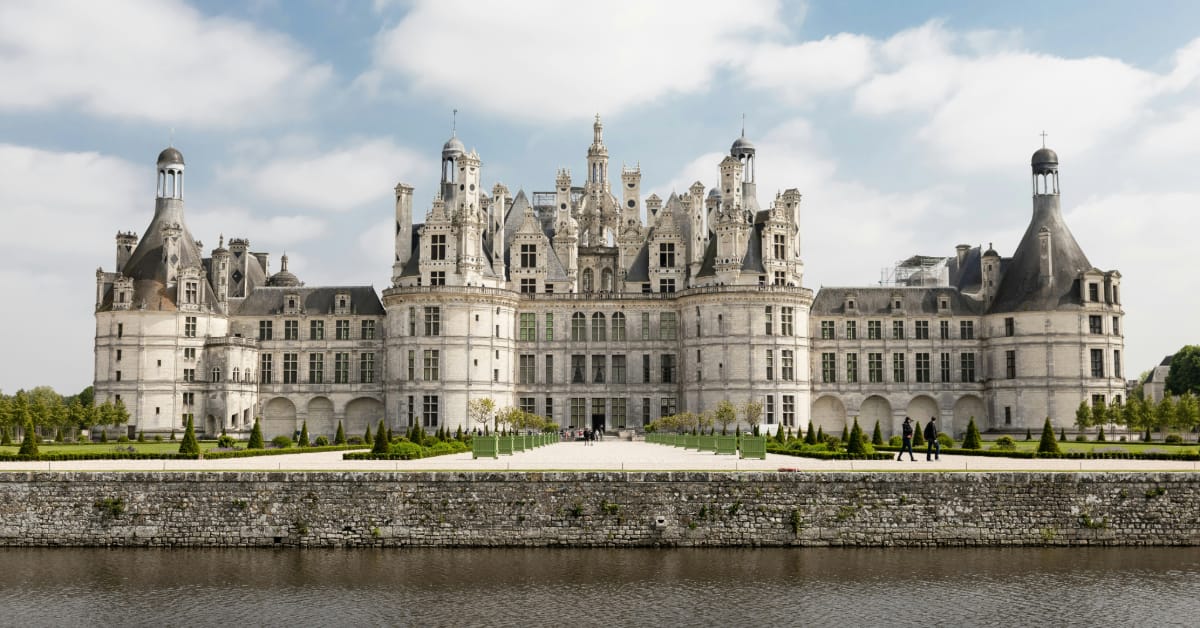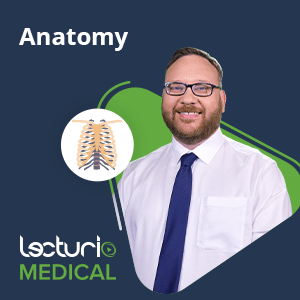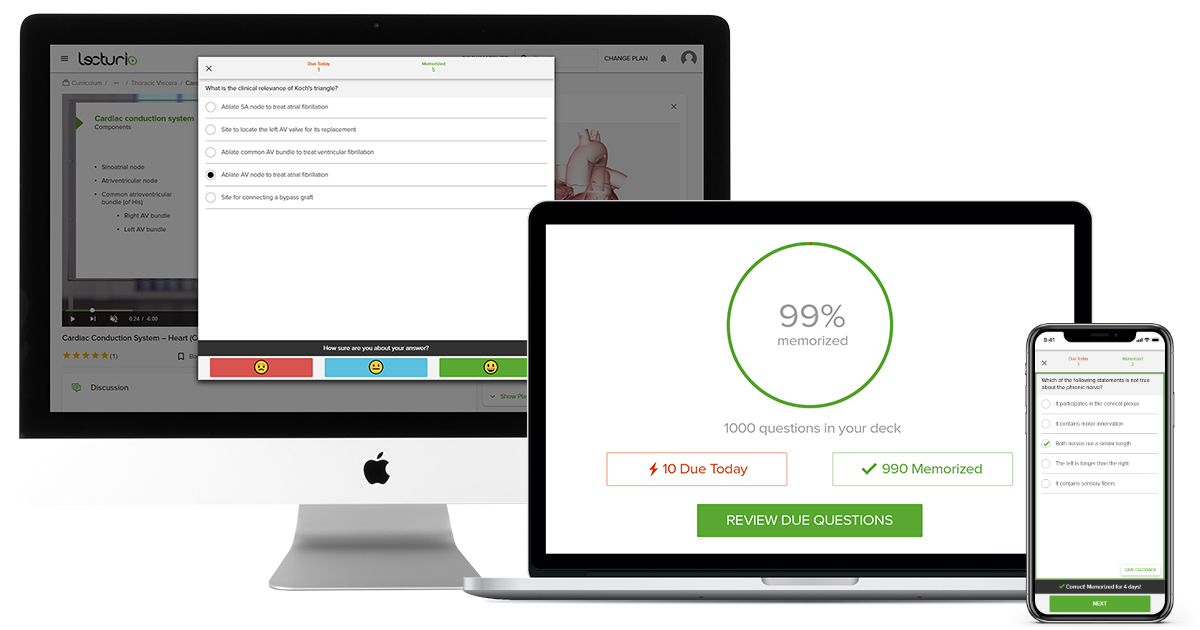What is a memory palace? The “method of loci” explained
Synonyms and definitions
The method of loci is known under many names including the memory palace technique, or the mind palace technique.
In short, it is a method of connecting pieces of information you want to remember with visual and spatial information about physical locations to make them easier to recall.
I. C. Wagner et al. define the method of loci as placing to-be-remembered material at salient landmarks on an imagined path, and recalling them by retracing the route, “picking up” the previously “dropped” information like breadcrumbs.
The method works: It is used by memorization champions in competitions, where it helps them memorize and reproduce huge amounts or totally arbitrary information.
History
“Loci” is the Latin word for “places.” It is believed that the memory method of loci was already used in ancient Greece and Rome. Over the centuries, it has been applied to many different memorization tasks like remembering speeches, texts, and lists of items. For healthcare students who frequently are confronted with large amounts of information to memorize, it could be a helpful method, too.
How does the method of loci work?
Building a memory palace is supposed to work better than simply trying to memorize text because your brain can process visual information more easily than just auditory. Think: “images > words”.
Maybe you have experienced something like this before: You forgot someone’s name but remember exactly what you did when you met them? You know exactly where you last held your keys, but have no idea when that was? By connecting words and concepts with visual images and relying on spatial relationships between concepts, your brain uses more diverse modes of memory in combination, making recalling the content more effective.
Method of loci example: Sherlock Holmes’ mind palace
You may have heard of Sherlock Holmes’ famous mind palace, where he goes to solve complex cases by accessing minute details he somehow always manages to remember.

There are 2 things to keep in mind: Firstly, on top of his excellent memory, Sherlock has almost superhuman abilities in perception, allowing him to identify and store details in his mind palace that others would miss. The first step before memorizing is knowing exactly what you want to memorize.
Secondly, Sherlock’s mind palace is often presented as one huge place where he stores literally everything he knows. For application of the memory palace method to studying, it may be more helpful to create multiple themed mind palaces that work well with the specific concepts you are storing in them. With only one huge place, you might run out of places and ideas of how to visually store items more quickly.
Advantages of building a memory palace
The biggest advantage of the method of loci is that it has been proven to be effective. This study found that students who used the method improved their performance in learning endocrinology compared to those who did not.
Other pros of a mind palace are:
- It is scalable: By zooming in and expanding it over time, you can add more and more information to the mind palace and build on a familiar structure to remember even more.
- It is versatile and personalized: Your mind palace is your own and you can build it exactly how you want, making it a better fit than some one-size-fits-all methods.
- You get better with practice: The longer you use the mind palace method, the better you get at it and the easier it is to remember things. It may even change how your brain works, improving your spatial awareness.
Limitations
The method of loci heavily relies on visualization, and that may not suit you.
Some students have a hard time visualizing things spatially, while for others, that makes it much easier. So don’t force it!
Also: Not every study material is mainly about memorization. If the focus lies on understanding and applying concepts, the memory palace might not be the most effective method to learn it.
Last but not least, some students may be too creative – if your imagination constantly runs away with you thinking of visual ways to store information, you may get distracted from what you’re actually studying.
So, as with every study method: Give it a try, but stay attentive to your personal preferences and talents to choose a method that works for you, instead of sticking to something that hinders you. Everyone is different!
How to build mind palaces for studying in medical or nursing school
The process of creating a mind palace is highly individual. There are tools that can help you, or you find your own process. The most important things to keep in mind are that you know what you need to remember beforehand, choose a familiar place as a mind palace, focus and make it vivid, and keep going back to review.
1. List out and segment what you need to learn
Begin by organizing and laying out the material you need to study. List everything and break it down into major topics and subtopics. This segmentation will help you determine how many rooms or locations you will need in your memory palace and how to categorize everything.
2. Build your palace
Select a place as your mind palace that you are familiar with and that you can visualize clearly. Make sure it has distinct locations or “stations” you can mentally walk through. The number of rooms or areas should be at least equal to or exceed the number of topics you have segmented in your study material.

3. Map it out
Dedicate each location within your palace to one of the major topics you have listed. Choose a spatial segmentation that feels natural to you and for the topics and how they relate: Which ones should be next to each other?
Plan a specific route through your palace. Decide on a starting point and a logical path leading through the rooms and/or hallways. The path needs to be easy to remember and serve as an orientation to find and access all the different rooms and topics, while keeping them clearly separate.
4. Store items
Within each topic location, establish stations for more detailed information. If your station is a room, individual pieces of information may be stored in cupboards, the high-yield must-know points could be trophies on the shelf, concepts could be associated with lamps or the couch, or the corners could be dedicated to subtopics.
5. Make it vivid and get familiar
You can make the memory palace a lot more effective by adding in other senses: What do the areas smell like? Are there sounds associated with them? Temperatures? Movement? The more sensory details you associate with the places, the more your brain has to hold on to and the easier they might be to remember.
The more unusual, vivid, or quirky your scenarios and images are, the more likely they are to stick in your mind (think a giant beating heart as the couch in a cardiovascular anatomy living room and its beat boomingly echoes throughout the house…)
6. Review, test, and adjust
To make your memory stick over the long term, regular revision is essential. Take a walk through your memory palace frequently, during study sessions and before exams, to reinforce the material and keep the associations strong.
Test yourself to see if you can recall the details without “walking” through the palace again, or by doing a super sped-up run through it. This will help reinforce your memory and identify areas that might need refinement.
And, most of all: While it is recommended you stick to your mind palace to make it a routine, if something is not working for you, don’t be afraid to change it. If an association just seems impractical or doesn’t work, if you find yourself getting confused by the mind palace, or if you find that visualization just doesn’t help you at all – don’t force it. Review, adjust, expand, and stick with the memorization method that works best for you.
Examples: For which subjects are mind palaces especially helpful?
The anatomy of your house
Not only does anatomy come with a vast amount of terms to memorize, it also requires you to remember the spatial relationships between structures. This makes anatomy a perfect use case for the method of loci.
For example, you could visualize your home as the human body. Or, choosing the obvious, you could map out the information in an actual human body, zooming in further and further and “walking” from head to toe through the sections: head and neck, thorax, abdomen, pelvis and perineum, upper and lower limbs, and back and spinal cord. Instead of adding another layer of abstraction, in the case of anatomy, the spatial relationships are there in real life and using a body as the mind palace kills two birds with one stone.

Try Lecturio’s online anatomy course
Dr. Pickering, MD covers anatomy for medical students with easy videos and interactive 3D models.
The pharmacology pharmacy
Pharmacology requires you to memorize large volumes of information, drug classes, their names, and effects. A memory palace can help make this less abstract and overwhelming.
You could imagine a pharmacy with different aisles representing drug classes. Each shelf contains medications from one class, and you can use signs above each shelf to denote mechanism of action and side effects.

Pharmacology course for nursing students
Prepare for pharm on the NCLEX with Rhonda Lawes, PhD and her tips and tricks for navigating drug administration.
The pathophysiology garden
Pathophysiology involves understanding complex disease mechanisms and their development over time. A memory palace provides a sequential and visual representation of the progression of diseases.
You could use a journey through a garden that has one disease as its theme. Each path represents a different disease pathway. Plants and landmarks along each path symbolize symptoms and disease progression.

Master pathophysiology and med–surg nursing
with Lecturio’s all-in-one course for nursing students
The biochemistry theme park rides (cycles)
Biochemical cycles like the Krebs cycle or glycolysis are notoriously hard to remember. You could visualize an amusement park where each ride represents a different metabolic pathway or cycle. The start, progress, and end of each ride help you trace the biochemical transformations and interactions.
Storing lab values
Visualize a large laboratory, where each section or bench is dedicated to a different type of test or body system. For example, imagine the hematology bench where different machines or test tubes represent various blood tests like CBC (Complete Blood Count), Hemoglobin levels, and WBC (White Blood Cells) count. Each device or container holds a ‘sample’ that represents the normal range for that particular test. This setup helps categorize lab values into related groups, which makes it easier to recall related tests and their normal values by visualizing walking through different parts of the lab, checking each ‘station’ for its specific test values.

Take the Course: Hematology
Master the complexities of blood-related diseases with Paul Moss, PhD, from the University of Birmingham
History-taking and physical assessments in the clinic
Different patient assessments have many sequential steps that need to be done in the correct order. To make it easier to not forget any of them or mix them up, you could build a memory palace in the form of a clinic, where each room or station represents a component of the assessment: The reception could be history taking, where the receptionist uses a mnemonic to enter all the basic information into the system (e.g., OLDCARTS). The various treatment rooms on the first floor then represent physical examinations of the different systems or body parts, and the checkout area could contain all the key points of patient education.

Master physical examination with Lecturio’s video course
Learn to assess a patient head to toe with Dr. Steven Holt, MD from Yale University





